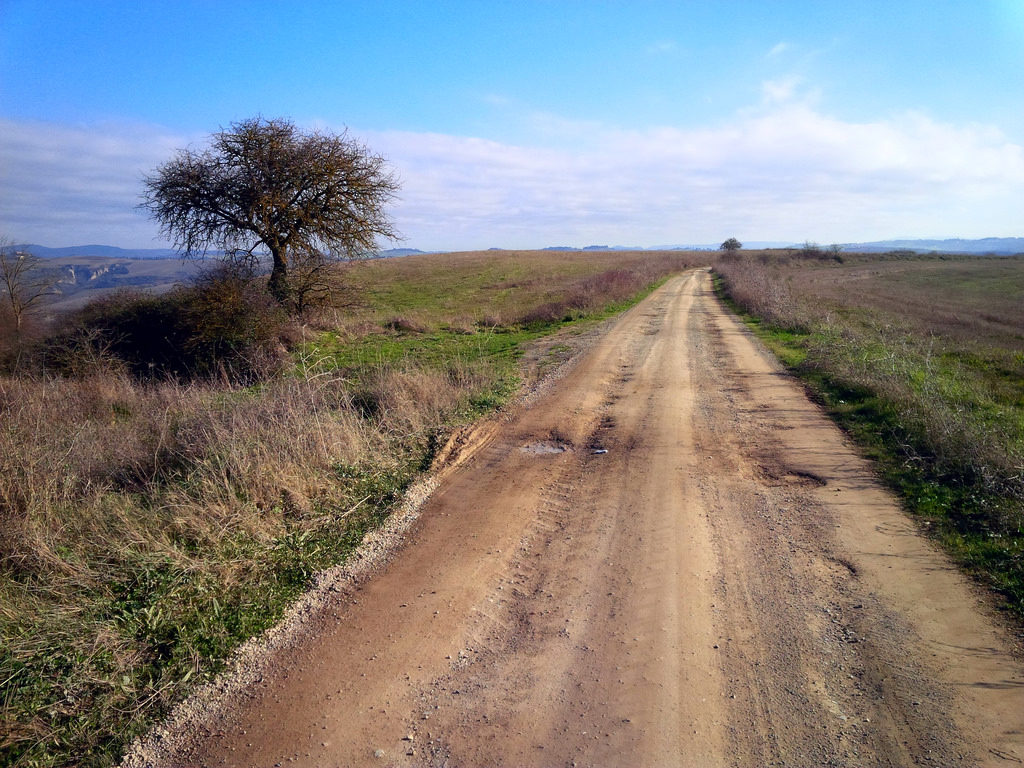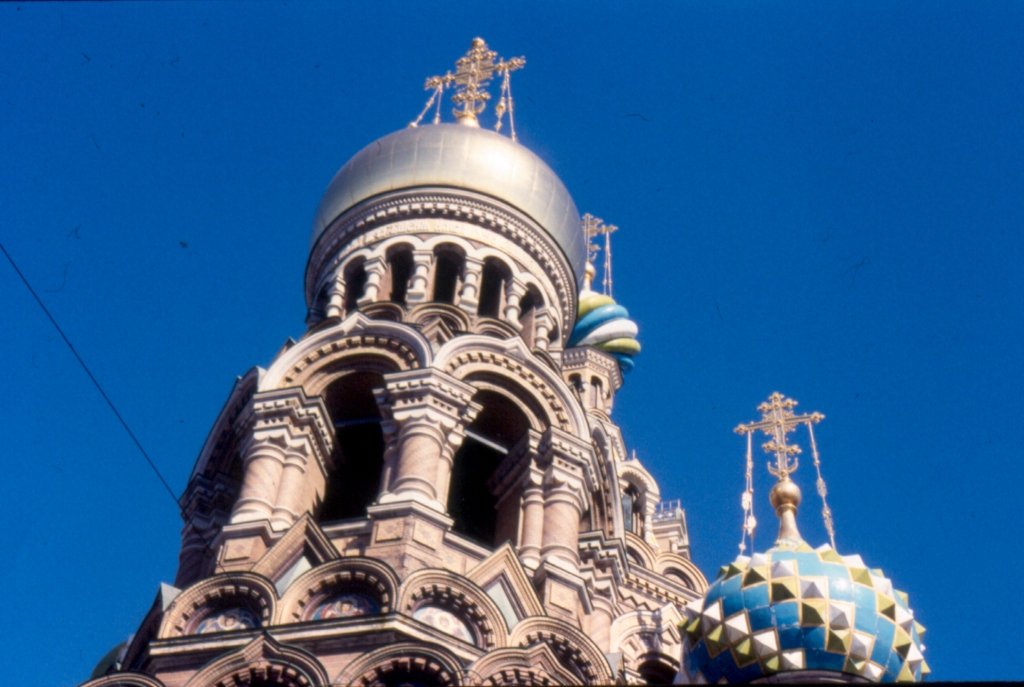As hinted in my last post from two months ago(!!!), my return from pilgrimage and integration back into normal life has left me feeling too busy for some of the contemplative activities which give me joy: photography and writing are the two most relevant for a blogger. Unless and until my situation changes, updates here will likely remain few.
That said, I’ve decided to take a bit of time to record some of my thoughts on a potential next pilgrimage. I’d only been back home for a month or two when a fellow parishioner came up to me after church and asked where I was planning to go next. At that point, I was still adjusting to life in Canada again, and hadn’t given it any thought. She made a suggestion which I found really appealing, but there are a few other options that I’ve looked at in the past 30 months. At this point, I’m not actively planning anything — I’ve got a full time job and commitments at church, so if I do head off again, it’s not likely to be any time soon.
(I suppose I ought to have typed “when” I do head off again. Life as a long distance walking pilgrim is wonderful, and wonder-full. The world is full of beauty and populated with generous and loving people dwelling in interesting places.)
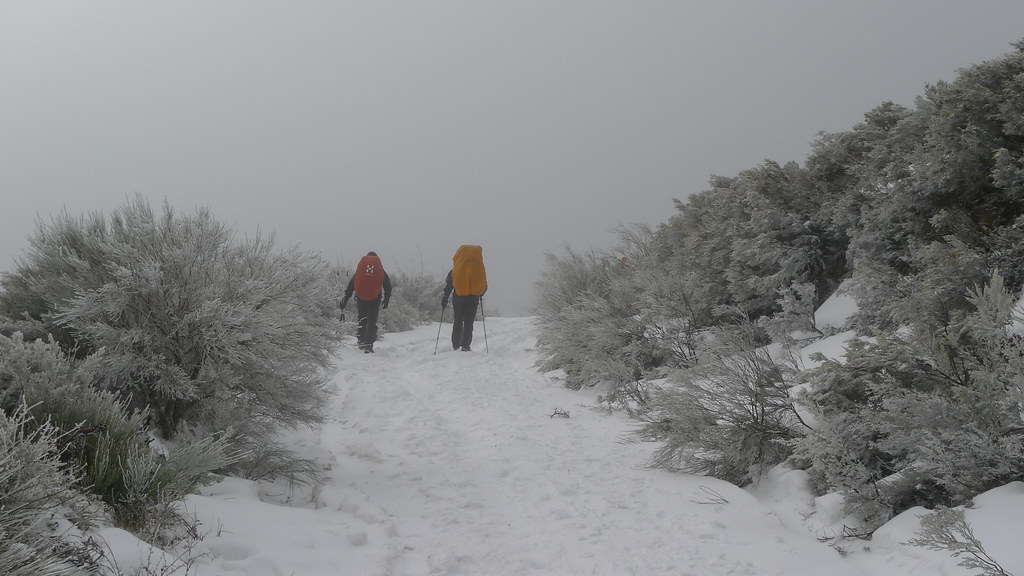
Leaving Foncebadon in the snow
Although I’m far more interested in new experiences than repeating old favourites, the pilgrimage I’m most likely to undertake next is the Camino de Santiago in 2021. My first Camino was in January and February of 2010, which was a Jubilee Year. In 2021, the western feast of St James will fall on a Sunday, making this a Jubilee Year too. Pascha will be very late that year, so I could begin walking in February and still be back home in Toronto for Forgiveness Vespers on March 14. (Any non-Orthodox folks interested in joining me will be glad to know they’ll be home a few weeks before Holy Week.)
Another short (six week) option is the one suggested by my friend at church. Her idea was that I go to Russia and visit the cities of the Golden Ring. I’d visited Russia once before, for a week in 1999. That time, I was part of a tour group that visited sites in the far west of the country. We had a Russian-speaking guide, a bus and driver, and a fixed itinerary. I’m very grateful to have had the chance to visit Valaam Monastery, Kizhi Pogost, St Petersburg, and many other places! This visit was only ten years after the fall of Communism, and I’m eager to see the country now that a generation has passed.
This would be a very different experience. I don’t know if it’s even possible to get a tourist visa unless you’re part of a registered tour group, but that kind of detail will wait until this particular pilgrimage enters the research stage. At this point, I’ve determined that there are towns and villages spread along the route of the Golden Ring, most only 30 kms apart. There might be a few nights that would require sleeping rough between towns, but this is one trip I will not do during the winter! Yes, I’m Canadian and I actually enjoy walking in colder weather, but I’m not willing to carry enough equipment to survive sleeping outdoors during a Moscovite winter.
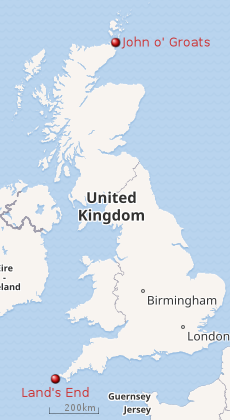
The walk from Land’s End to John O’Groats (LEJOG) would be rather different for me. Rather than having as its goal a traditional site of pilgrimage, this route from the southern-most tip of Great Britain to the northern-most would be an historical and cultural exploration. The British History Podcast has kinda whet my appetite to see more of Great Britain than I already have, and there would certainly be opportunities to visit sites of pilgrimage along the way. One advantage this has over the others I’ve done is that I know I will be readily understood by everyone I encounter. (My comprehension of the local accents is not such a sure thing.)
I don’t know if I’ll ever actually do this. It typically takes two to three months to do the walk, ten to fourteen days by bicycle. At this point in my life, if I’m going to take that much time to walk, I’d rather do it as a pilgrim than as a tourist.
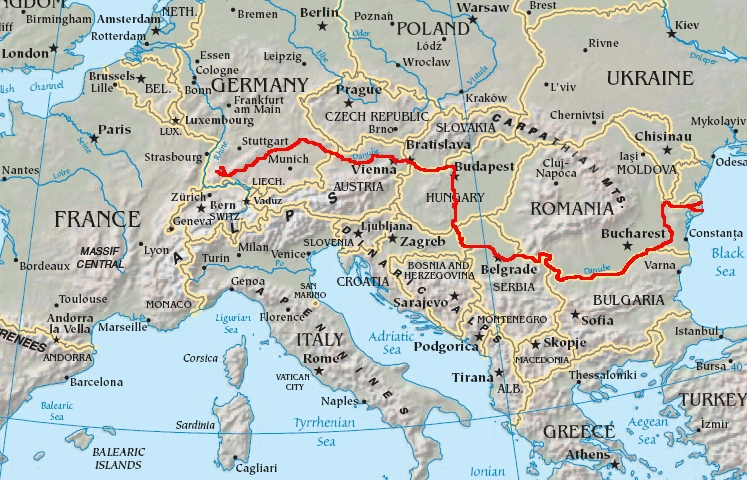
The final journey that I’ve been idly contemplating is also more of an adventure and less of a pilgrimage. When I first started telling people of my plan to walk the Camino, two of my friends recommended the same author: Patrick Leigh Fermor.
(One of them actually lent me his copies of A Time of Gifts and Between the Woods and the Water. Then when I was laid up in northern Italy, I met another long distance walker who told me that the final volume of Fermor’s journey had been published posthumously. I bought The Broken Road from Amazon and read it with the Kindle app on my phone while I waited for medical approval to continue my pilgrimage.)
In 1933, when Fermor was 18, he dropped out of school and set out to walk from the Hook of Holland all the way to Constantinople. (Technically İstanbul. The Turkish government had renamed the city only three years earlier.) He followed the course of the Rhine from the Atlantic to its source in the Bavarian Alps, and then picked up the Danube at its source and followed it to the Black Sea. From there, he followed the coastline until he reached the great city.
As I mentioned earlier, the world is vast and beautiful. I know that I can’t see everything, so I need to be selective. Central Europe is an area about which I know very little, although the current chapter of Mike Duncan’s podcast Revolutions is filling in some of the gaps. If I were to begin following the course of the Danube at its source near Donaueschingen in the Black Forest of Germany, I would pass through ten countries by the time I reached the Black Sea. The capital cities of Vienna, Bratislava, Budapest, and Belgrade all lie on the Danube. If I were to do this, I’d also want to visit Prague, but that would require a side trip.
Most of my travels have taken place within the bounds of the Roman Empire. The Danube was the northern-most border in continental Europe, just as Hadrian’s Wall was in Great Britain. My Roman roamin’ includes England, France, Spain, Switzerland, Italy, Albania, the Former Yugoslav Republic of Makedonia, Greece, Bulgaria, Turkey, Syria, Lebanon, Cyprus, the Holy Land, Jordan, and Egypt. (And at this point, I just have to mention Mike Duncan’s awesome, award-winning podcast The History of Rome.)
Traversing the length of the Danube would be very satisfying to me from a strictly geographical sense. As a bonus, roughly the last half of my journey would take me through traditional Orthodox lands. I know enough about Romania to REALLY want to visit. Following the Danube would keep me on its border with Bulgaria, so perhaps I would take my leave of the river once I left Serbia.
Anyway, these are some of the travel / pilgrimage options I am playing with. The most “immediate” of them is still three years away, so this post should not be taken as an indication that I’m going away any time soon. (With the caveat, learned the hard way, “If the Lord wills.”)
If you have any suggestions about possible destinations or pilgrimages, please leave a comment for me! (Grabarka is already on my list, and I’d love to visit the Caucasus region some day…)
